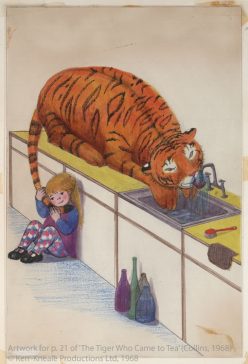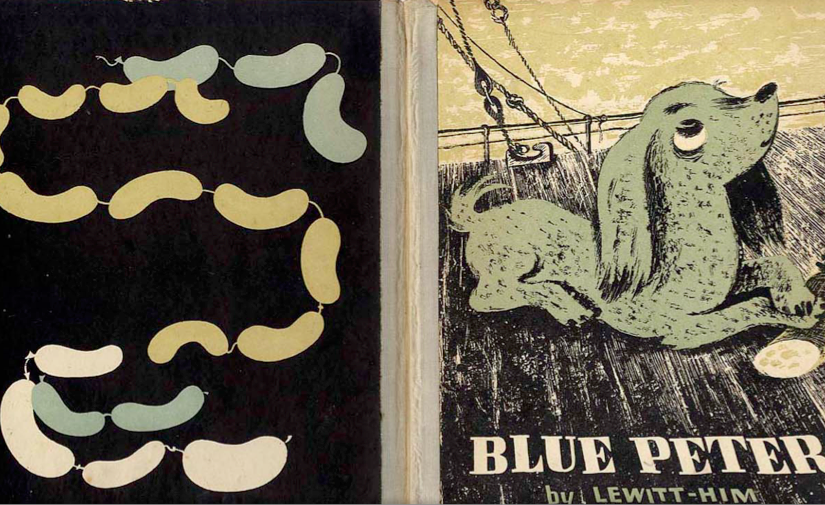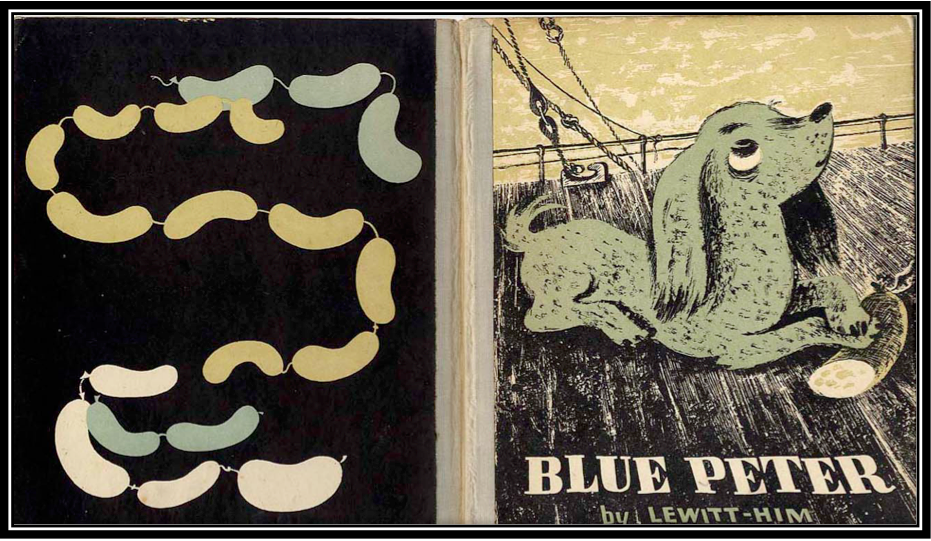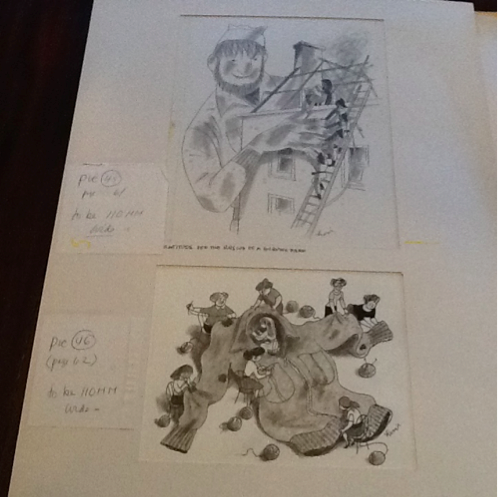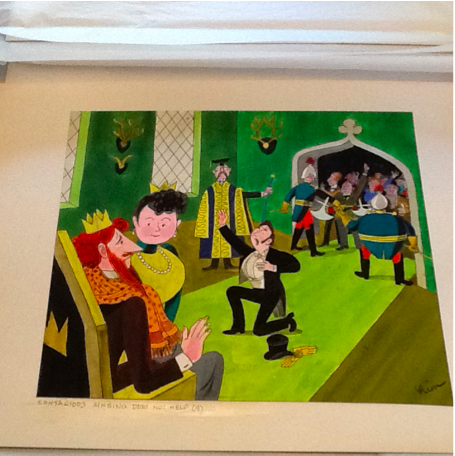BookTrust Annual Lecture
Lauren Child
As we begin the new year, Agnès Guyon, MLitt Student, looks back on the 2017 BookTrust Annual Lecture by Lauren Child, recently appointed the Waterstones Children’s Laureate, and the beloved author and illustrator of Charlie and Lola (pictured above) and Ruby Redfort.

Last year, I had the opportunity to attend the BookTrust Annual Lecture at the RIBA delivered by recently appointed Children’s Laureate, Lauren Child. The role of the Waterstones Children’s Laureate is awarded every two years to a “writer or illustrator of children’s books to celebrate outstanding achievement in their field and recognise the important contribution children’s literature makes to cultural life”. Although they all share a common belief in the power of children’s literature, each Laureate has a different focus, from championing diversity as did Malorie Blackman (2013 – 2015) to advocating for school libraries in the case of Chris Riddell (2015 – 2017).
Lauren Child is a strong advocate for idleness, and has announced right at the beginning of her tenure that she would like to encourage the creativity and imagination which is born out of boredom and daydreaming. She would also like to help build stronger links between children’s literature and other art forms such as the fine arts, film, music, television and design.
In her lecture entitled “What do you think about, when you think about nothing?”, Lauren Child developed these themes, starting with the question which is inevitably asked by children during her visits to schools or other children’s events: “Where do your ideas come from?” She spoke of the importance of free time, time to daydream and observe the world around you. As a child, she spent a long time staring out of the window and many of her childhood observations have informed her own writing and illustrating.
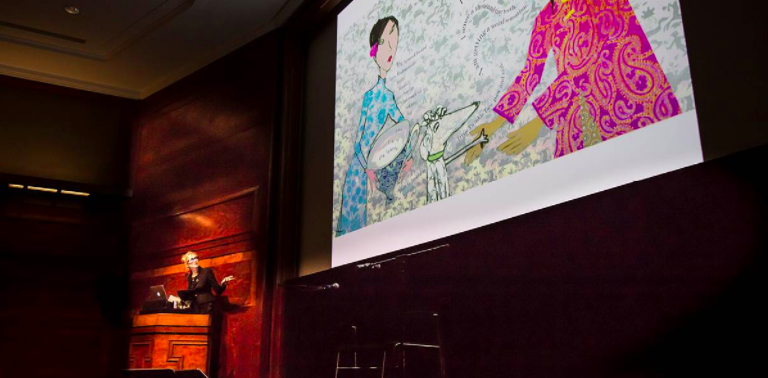
With strong visual support and a lot of humour, Lauren Child advocated the importance of supporting children’s creativity, and the need of more diversity in children’s books. She called for children’s illustration to be taken more seriously. She illustrated to the audience how important children’s books are in reassuring or helping children make sense of the word, praising books such as Michael Rosen’s and Quentin Blake’s Sad Book (2004) for its honesty, and regrets the pressure put on children to read “the classics” at the expense of personal choice.
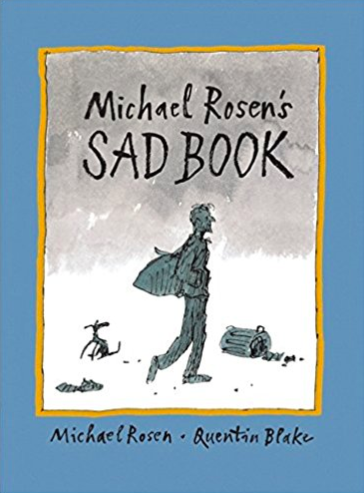
BookTrust’s Head of Books, Emily Drabble, hosted a Q&A session after the lecture and one of the first questions was about Lauren’s creative process and whether she is a linear or non-linear thinker. Lauren admitted to being such a non-linear thinker that she usually starts her stories somewhere in the middle and works round it. I found her lecture itself a perfect illustration of this. It seemed to meander and follow such a circuitous path that I was wondering where it was going, but it made complete sense in the end!

The annual lecture was followed by a celebration to mark the 25th anniversary of Bookstart. Wendy Cooling, Bookstart founder, was presented with an Outstanding Contribution award and spoke about her motivations and how the idea to give books to all babies sprang from when she she once watched a child, at his first day of school, who clearly had never held a book before and had no idea how to handle it. Through no fault of his own, that child had already failed his first school task. From Children’s Laureate to Bookstart, the link is obvious – a strong belief that children’s book make a difference.
Photos from BookTrust.
